Connecting the World While Protecting the Skies
A look at AST SpaceMobile’s commitment to responsible space operations
By AST SpaceMobile Editorial Team

As AST SpaceMobile works to bring space-based mobile broadband to billions of unconnected people around the world, we are committed to setting high standards for responsible space operations. As the industry rapidly evolves, it is essential to demonstrate how innovation and environmental stewardship can work hand in hand.
Space innovation delivers crucial benefits including global communications, weather monitoring, GPS navigation, Earth observation, and emergency response capabilities. Yet, space organizations should operate as sustainably, safely, and fairly as possible, and AST SpaceMobile is committed to doing exactly that.
Our Efficient Approach to Global Coverage
AST SpaceMobile’s unique direct-to-cell technology utilizes satellites with large active phased arrays equipped with thousands of antennas to deliver reliable broadband coverage directly to standard mobile phones. This approach is remarkably efficient: with our large, powerful satellites, we can achieve global coverage with approximately 90 satellites — not thousands or even tens of thousands required by other systems.
Beyond launching significantly fewer satellites overall, we are committed to minimizing our footprint in space through every aspect of design and operation. We are collaborating with the National Science Foundation, NASA, and the International Astronautical Union, among others, to implement industry best practices that protect the orbital environment while delivering transformative mobile broadband connectivity to users across the globe.

Mitigating Satellite Brightness and Protecting Astronomy
Ground-based telescopes require dark, uncluttered skies to capture faint celestial objects, and bright satellite reflections can contaminate the long-exposure images essential for astronomical research.
We have entered into a formal coordination agreement with the National Science Foundation (NSF) to better understand these challenges and collaborate on developing and implementing effective solutions. We also recognize the International Astronomical Union’s Dark and Quiet Skies guidelines, which provide a framework for minimizing constellation impacts on astronomical observations.
Our brightness mitigation measures include

Advanced Surface Coatings
Our satellite antennas are designed to reduce the amount of sunlight they reflect toward Earth. We are also working on specialized coatings to be placed on our arrays which are engineered to reduce reflected light.
High-Precision Orbital Data
We work closely with the NSF National Radio Astronomy Observatory (NSF NRAO) to provide high-fidelity orbital data at faster refresh rates, enabling astronomers to schedule observations avoiding satellites overhead.
Low Orbital Altitude
By flying at 700 kilometers or lower, each satellite has a higher orbital speed, thus spending less time in sunlight as it passes the terminator — the line between day and night on Earth.
Strategic Satellite Orientation
We can dynamically adjust our satellites orientation, or attitude, to minimize the surface area that reflects sunlight towards Earth. This reduces their brightness during critical observation periods while maintaining full operational capability.
Minimizing Radio Frequency Interference
Radio spectrum is a finite resource that is shared among many users. We are taking multiple steps to limit interference to other networks and services. These efforts include:
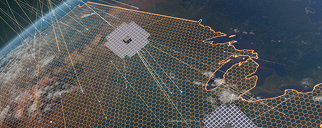
Precision Beamforming
Our large phased arrays not only cover wider areas but also enable much greater resolution for specific coverage cells. This precision allows us to target beams strategically and paint around radio observatory sites, country borders and other sensitive areas.
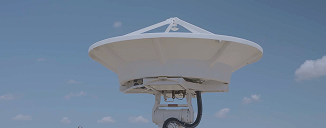
Strategic Gateway Placement
Our technology uses gateway stations on the ground that connect satellite signals to the terrestrial infrastructure of our mobile network operator partners. We also work with the NSF to establish gateways in locations that limit interference with other users.

Amateur Radio Protection
Our network has been designed to mitigate interference in the 430-440 MHz band used by amateur radio operators. We have agreed to only use this frequency band during emergency situations when other bands are unavailable. Should any operation cause harmful interference, our satellites can immediately cease transmissions.
Collision Avoidance and Safe Operations
Space safety is paramount to our operations. Through our Space Act Agreement with NASA, AST SpaceMobile follows all collision avoidance best practices outlined in the NASA Spacecraft Conjunction Assessment and Collision Avoidance Best Practices Handbook and meets regularly with NASA’s Conjunction Assessment Risk Analysis (CARA) team. We also comply with the Federal Communications Commission’s (FCC) orbital debris requirements.
Additional measures include:
Extended Service Life
Our satellites are designed for up to 10 years of operation. This is a robust lifespan for communications satellites in LEO that reduces the frequency of replacement launches while ensuring they deorbit safely at end-of-life.
Safe Deorbiting
Our satellites deorbit within five years after retirement through controlled maneuvers and natural atmospheric drag. They are designed to burn up completely upon reentry, leaving no debris in space or on Earth’s surface.
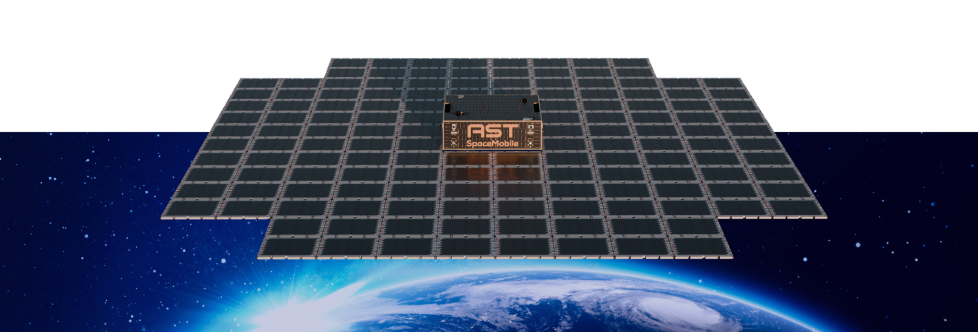
Bridging the Digital Divide in Harmony with Space
The future of space-based direct-to-device broadband connectivity doesn t require sacrificing scientific discovery or environmental stewardship. Through direct partnerships with leading scientific institutions, regulatory bodies, and industry organizations, and by constantly improving how we design, deploy, and operate our satellites, we are proving that ambitious commercial space ventures don t have to come at a cost of the space environment.
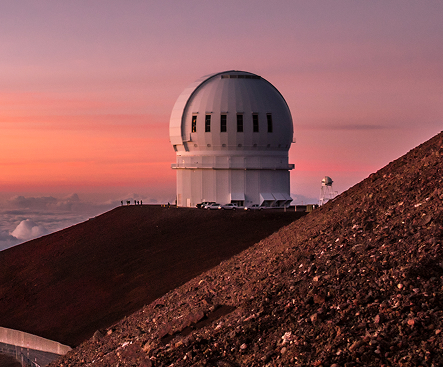
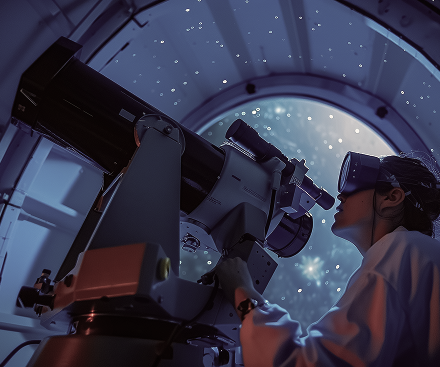

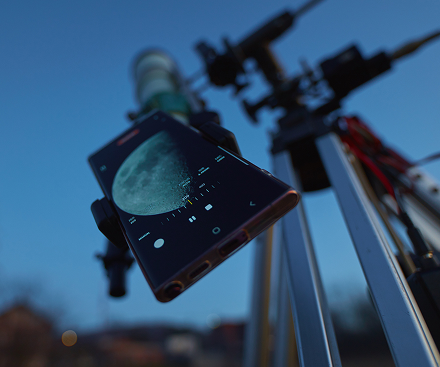
We are committed to bringing mobile broadband to every corner of the Earth, and we are equally committed to doing it responsibly. This is our promise to the communities we serve and the space we share.
